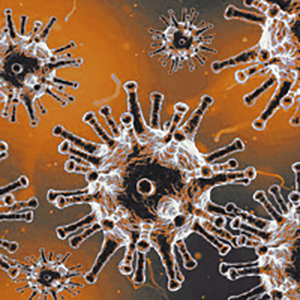Original Articles
Vol. 16 No. 1 (2022)
Prognostic factors for SARS-CoV-2 nasopharyngeal swab negativity: a multicentric study

Publisher's note
All claims expressed in this article are solely those of the authors and do not necessarily represent those of their affiliated organizations, or those of the publisher, the editors and the reviewers. Any product that may be evaluated in this article or claim that may be made by its manufacturer is not guaranteed or endorsed by the publisher.
All claims expressed in this article are solely those of the authors and do not necessarily represent those of their affiliated organizations, or those of the publisher, the editors and the reviewers. Any product that may be evaluated in this article or claim that may be made by its manufacturer is not guaranteed or endorsed by the publisher.
Received: 21 November 2022
Accepted: 31 December 2022
Accepted: 31 December 2022
1224
Views
280
Downloads
12
HTML







